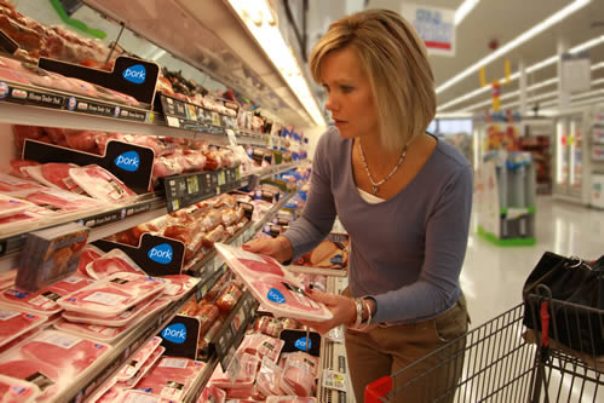April 26, 2013

The changes in how cuts of meat are labeled in grocery stores, due out this summer, will clear up confusion and bolster confidence among consumers.
So says Iowa State University’s Joseph Cordray, professor of animal science and the director of Iowa State University’s Meat Laboratory.
Leaders in the meat-packing industry, in conjunction with the U.S. Department of Agriculture, will begin introducing an updated labeling system for cuts of meat that will include uniform descriptions of specific cuts as well as preparation instructions.
The new labeling system is the first revision to the current labeling guidelines, called the Uniform Retail Meat Identification Standards, since they were put in place in 1973.
Like what you're reading? Subscribe to the National Hog Farmer Weekly Wrap Up newsletter and get the latest news delivered right to your inbox every Friday!
Cordray says the labeling modifications will help consumers make more informed decisions at the meat counter.
“This is part of a continuing effort to build consumer confidence in how to shop for meat and make sure consumers have a good eating experience,” Cordray says.
Because the standards haven’t been updated in decades, cuts of meat that have become increasingly common in the years since the system was created, such as the flat-iron steak, are labeled inconsistently, giving rise to confusion among consumers, he says.
Also confusing for shoppers, retailers sometimes use the nebulous term “grill steaks” to cover a range of different cuts. The updated labels will offer greater clarity as well as simplified, descriptive and uniform names for retail cuts of beef and pork with plans to include lamb and veal later.
“Shoppers will be able to identify the same cut of meat under the same name in every store in every city across the country,” Cordray says.
The cost for the meat-packing industry and producers to adjust to the new system should be negligible, he says, so consumers shouldn’t expect any increase in prices as a result.
Cordray says the inclusion of brief handling and preparation instructions on meat labels also will benefit consumers by helping them get the most enjoyment out of their purchases. When that happens, consumers will be more likely to buy a product again, he says.
“It’s a win-win,” Cordray says. “It’s positive for producers and processors because they can do a better job of marketing their products, and consumers have better understanding of what they’re purchasing.”
You might also like:
Spring Return to Profitability Appears Possible
You May Also Like



